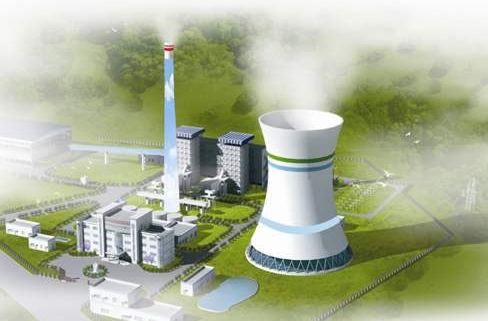1. Sludge combustion power generation
The sludge (after mechanical dehydration) is first dried by heat, and then burned in the fluidized bed furnace to generate high-pressure steam, so as to promote the comprehensive system of steam engine power generation. Compared with the incineration system, the annual treatment of 95000 tons of dry sludge can save 60% of the capital. It can be seen that burning sludge for power generation is also an effective way for comprehensive utilization of sludge.
2. Low temperature pyrolysis of sludge to fuel oil
Low temperature pyrolysis of sludge is a technology to produce sludge derived fuel by using the organic matter in sludge during partial pyrolysis under heating conditions. After this process, sludge is converted into oil, carbon and gas with superior combustion characteristics. This technology is a process of energy self-sufficiency, and effectively controls the emission of heavy metals, so it has a broad application prospect.
The best way to dispose sludge is to make use of resources. It can not only dispose sludge, but also make full use of its precious resources. It can find a reasonable way to turn harm into profit and turn waste into treasure for sludge disposal and treatment of sewage treatment plant, and realize the synchronous growth of economic benefits and social benefits. Sludge building material utilization and combustion power generation can not only solve the problem of sludge outlet, but also save a lot of land area, which is a promising sludge disposal method suitable for China’s national conditions. In view of the research and utilization problems involved in sludge land use, in order to achieve the goal of safety and effectiveness, the government needs to organize the environmental protection department and the agricultural department to carry out scientific research on sludge land use in a planned way, and use sludge in the principle of economy, safety, rationality, effectiveness and benefit, so as to play its huge economic, social and ecological benefits.



